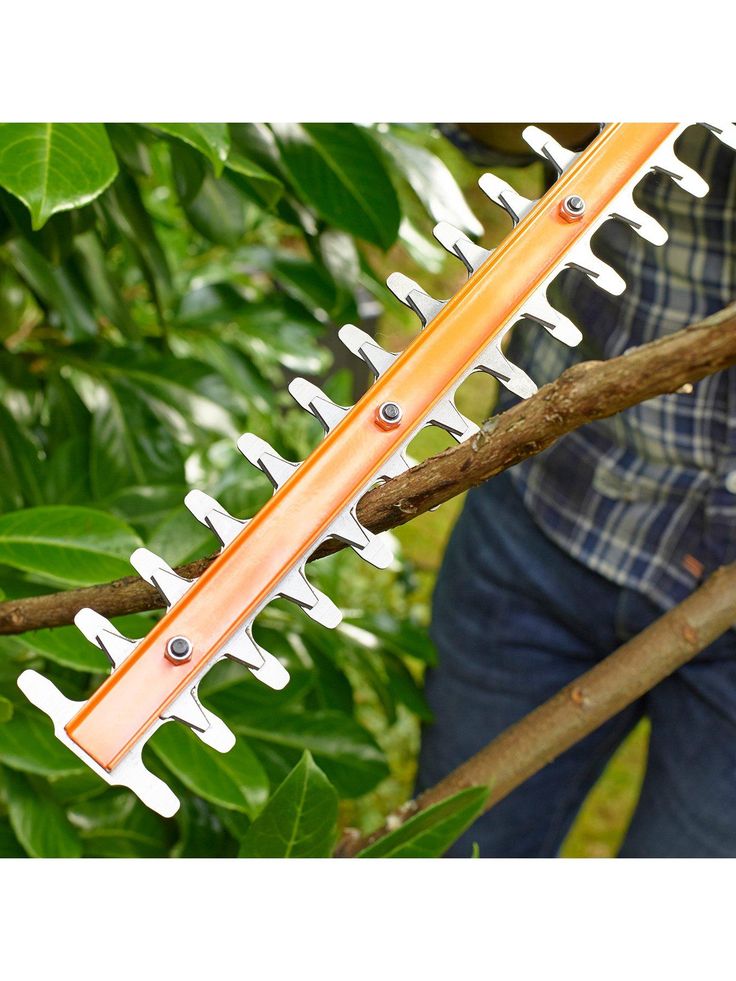Trimming hedges is an essential task for maintaining a neat and healthy garden, but doing it incorrectly can lead to damaged plants, uneven growth, and even disease. The goal is to encourage dense, healthy foliage while achieving the desired shape and size. This article will guide you through the best practices for trimming hedges without causing harm, ensuring your plants thrive and enhance your landscape.
Understanding Your Hedge Type
Before you even pick up your hedge trimmers, it’s crucial to understand the specific needs of your hedge plants. Different species have different growth habits and optimal pruning times.
- Formal Hedges: These are typically evergreen and are kept in precise, geometric shapes. They tolerate frequent, light trimming to maintain their form. Examples include Boxwood, Privet, and Yew.
- Informal Hedges: These are often flowering shrubs or deciduous plants allowed to grow more naturally, with less rigid shaping. They usually require less frequent, more selective pruning after flowering or during dormancy. Examples include Forsythia, Hydrangea, and Lilac.
Knowing your hedge type will inform when and how you trim.
Timing is Everything: When to Trim
The timing of your hedge trimming is paramount to avoid damage and promote healthy growth.
- Evergreen Hedges (Formal): For most evergreen formal hedges, light trimming can be done throughout the growing season, from late spring to early autumn. Avoid heavy pruning late in the season, as new growth might not harden off before winter, leading to frost damage.
- Deciduous Hedges (Informal):
- Flowering Hedges: Prune these after they have finished flowering. Pruning too early will remove the flower buds and reduce the bloom display for the season.
- Non-Flowering Deciduous Hedges: These can generally be pruned in late winter or early spring while dormant, before new growth begins. This allows you to shape the plant without removing developing leaves.
- Avoid Extreme Weather: Never prune during periods of extreme heat, drought, or hard frost. This can stress the plant and make it more susceptible to disease or damage.
Essential Tools and Preparation
Using the right tools, and keeping them in good condition, is fundamental to clean cuts and healthy plants.
- Sharp Blades: Ensure your hedge trimmer blades are razor-sharp. Dull blades tear and bruise plant tissue, leaving ragged cuts that are more vulnerable to pests and diseases. Sharpen your blades regularly, and clean them of sap and debris after each use.
- Clean Blades: Disinfect your blades, especially if moving between different plants or if you suspect disease. A solution of 1 part bleach to 9 parts water, or rubbing alcohol, can be used. This prevents the spread of pathogens.
- Safety Gear: Always wear sturdy gloves, safety glasses, and appropriate clothing to protect yourself from sharp blades and flying debris.
Trimming Techniques for Healthy Hedges
The way you cut is just as important as when you cut.
- Shape for Light Penetration: When shaping hedges, aim for a slightly wider base than the top. This “A-frame” or trapezoidal shape allows sunlight to reach the lower branches, preventing them from becoming sparse and leggy. If the top is wider, it shades the bottom, leading to bare patches.
- Cut Sparingly: It’s always better to remove less than too much. You can always take more off, but you can’t put it back. For most hedges, aim to remove no more than one-third of the plant’s total growth in a single trimming session.
- Clean Cuts: Make clean, precise cuts. Avoid leaving stubs or ragged edges. Cut just above a bud or a side branch, as this encourages new growth in the desired direction.
- Gradual Reduction: If you need to significantly reduce the size of an overgrown hedge, do it gradually over several seasons rather than in one drastic cut. This reduces stress on the plant and allows it to recover.
- Remove Dead/Diseased Wood: Always remove any dead, damaged, or diseased branches as soon as you notice them, regardless of the season. Cut back to healthy wood.
- Clear Debris: After trimming, clear away all clippings from and around the base of the hedge. Leftover debris can harbor pests and diseases.
Post-Trimming Care
After trimming, provide your hedges with some care to aid recovery and promote new growth:
- Watering: Ensure the hedge is well-watered, especially during dry periods, to help it recover from the stress of pruning.
- Mulching: Apply a layer of mulch around the base of the hedge to retain moisture, suppress weeds, and provide a steady supply of nutrients as it breaks down.
By following these guidelines, you can trim your hedges effectively and safely, ensuring they remain healthy, vibrant, and a beautiful feature in your garden for years to come.


